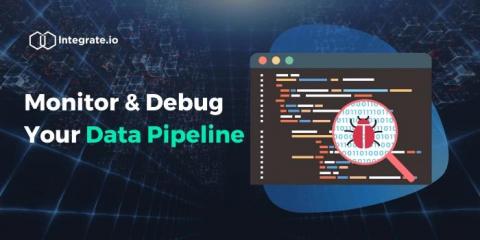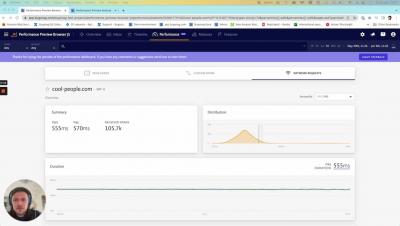Slow App Performance? Here's How to Fix It
Excellent performance is key for any application, regardless of the framework or language. Today’s digital consumers demand speed and precision, and will quickly quit a sluggish app. That's why performance monitoring, especially Real User Monitoring (RUM), is important for every developer to implement. We recently launched RUM for BugSnag, providing developers the visibility they need to ensure great application performance.











